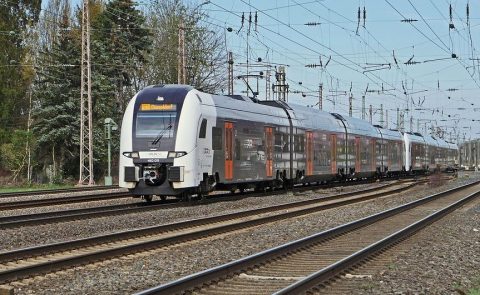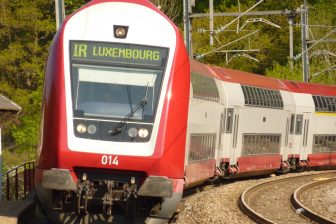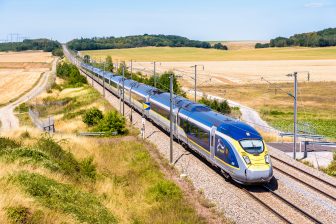
Opinion
State ownership will grow in importance
Image: hpgruesen - Pixabay
Rail transport is coming to terms with some of the post-pandemic realities, such as different travel patterns. This has had an impact on railway policy in many countries, with state intervention seemingly on the rise.
Want to read more?
You have read all of your free premium articles for this month. Please become a subscriber to keep reading.
Subscribe now!
Take advantage of our exclusive offer to get full access to all premium content.




“A new era”, yes, but as at other modes to be embraced by a dynamic, a sound, Industry of railways! (Nations, taxpayers…, shall be owners, yes, but with due bordering towards industry, etc.!)
Regardless if frustrated, Kanslers, etc. have to stay out!… (An elephant in porcelain shop is not good, for any one…)
Capitalising and leasing back new train fleets has been the only real success of private finance in Britain’s railway. Nearly all infrastructure since the 90s has been taxpayer-funded or gilts-backed. Fares in Britain are among the highest per-mile in the world, with little to show the price increases are justified. Nor has privatisation delivered the competitive environment that the original policy envisaged. Nothing suggests the private sector is prepared to decarbonise transport alone.